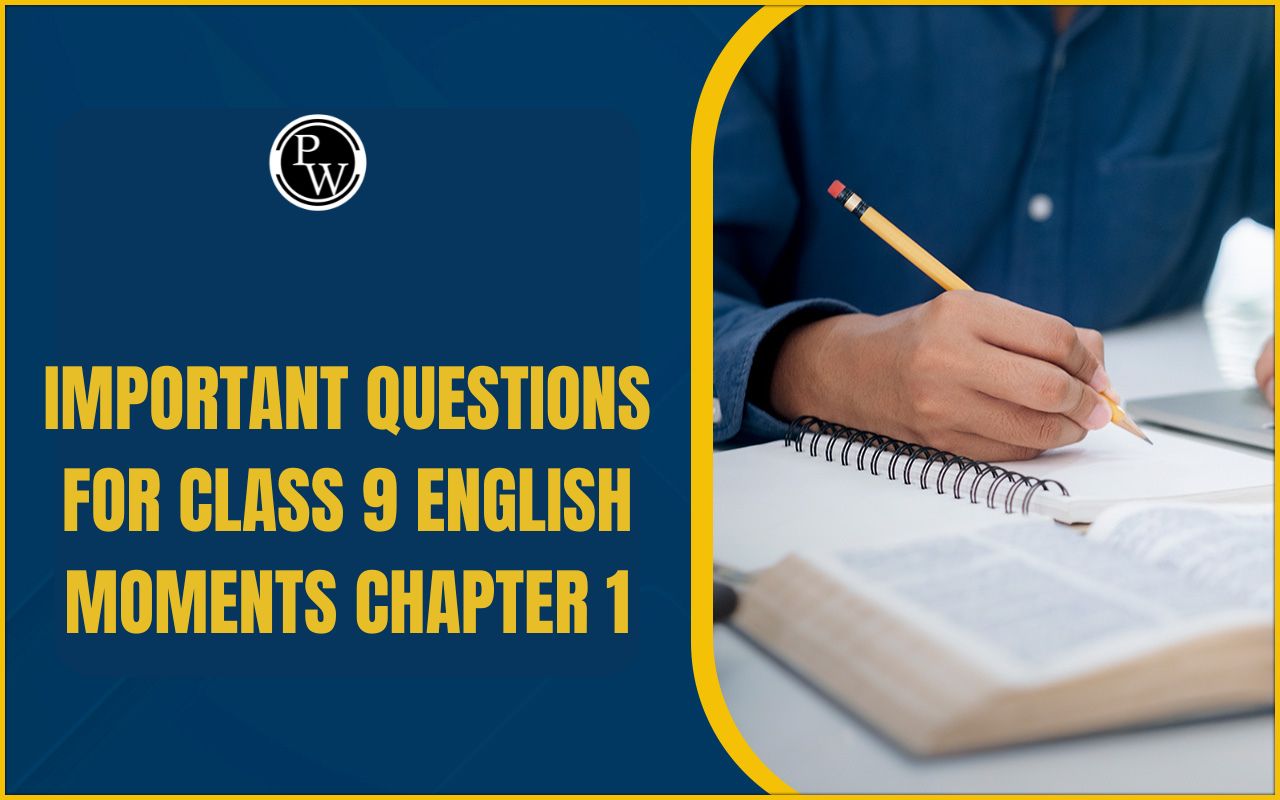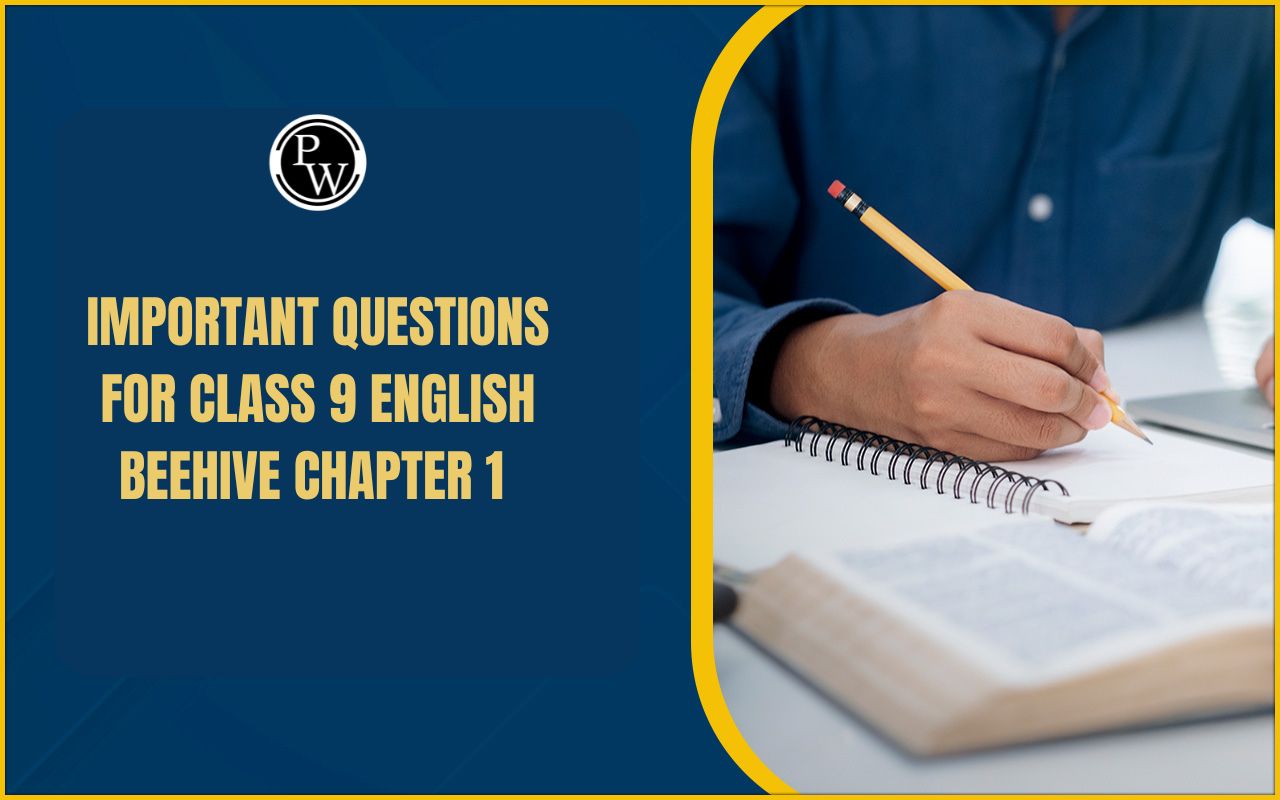

Probability theory is a powerful mathematical framework that helps us make sense of uncertainty and randomness in various aspects of our lives. One fundamental concept in probability theory is the Addition Law of Probability . This law allows us to calculate the probability of the union of two or more events, which is essential for solving complex probability problems. In this article, we will delve into the Addition Law of Probability, explore its principles, understand its applications, and provide real-world examples to illustrate its significance.
The Addition Law of Probability Formula
The Addition Law of Probability, often referred to as the "sum rule," deals with the probability of the union of two or more events. In simple terms, it helps us answer questions like, "What is the probability of Event A or Event B occurring?" This law is crucial when dealing with situations where multiple events can lead to a desired outcome.
There are two main versions of the Addition Law, depending on whether the events are mutually exclusive or not:
The Addition Law for Mutually Exclusive Events: When two events are mutually exclusive, it means that they cannot occur simultaneously. In this case, the probability of either Event A or Event B happening is calculated by simply adding the probabilities of each event.
P(A or B) = P(A) + P(B)
The Addition Law for Non-Mutually Exclusive Events: When events are not mutually exclusive, they can occur together. In this case, to calculate the probability of either Event A or Event B occurring, we need to account for the possibility of both events happening simultaneously. This is done using the formula:
P(A or B) = P(A) + P(B) - P(A and B)
Here, "P(A and B)" represents the probability of both Event A and Event B happening at the same time.
Understanding Mutually Exclusive and Non-Mutually Exclusive Events
Before we dive deeper into the Addition Law, let's clarify the concepts of mutually exclusive and non-mutually exclusive events:
Mutually Exclusive Events: Mutually exclusive events are events that cannot happen together. If one event occurs, the other cannot. For example, when flipping a coin, the events "getting a Heads" and "getting a Tails" are mutually exclusive.
Non-Mutually Exclusive Events: Non-mutually exclusive events are events that can occur together. If one event happens, it does not preclude the other from happening. An example of non-mutually exclusive events is rolling a die and getting an even number (2, 4, or 6) and rolling a prime number (2, 3, or 5).
Also Check – Logarithm Formula
Applications of the Addition Law of Probability
The Addition Law of Probability has numerous practical applications in various fields. Here are some examples of how it is used:
Risk Assessment: In insurance and finance, the Addition Law is used to calculate the probability of multiple events leading to a loss or gain. For instance, an insurance company can determine the probability of a policyholder experiencing either a fire-related or flood-related loss.
Biostatistics: In medical research, the Addition Law helps calculate the combined probabilities of multiple factors leading to a particular health outcome. For example, researchers can analyze the probability of a patient having either hypertension or diabetes.
Game Theory: In games and decision theory, the Addition Law assists in assessing the likelihood of different outcomes. Game theorists use it to model scenarios where players make choices with uncertain consequences.
Quality Control: In manufacturing and quality control, the Addition Law is applied to determine the probability of defects occurring due to various factors simultaneously, helping companies maintain product quality.
Also Check – Introduction to Graph Formula
Real-World Examples
To better understand how the Addition Law of Probability works, let's explore some real-world examples:
Example 1: Rolling a Die and Getting an Even or a Prime Number
Suppose you roll a fair six-sided die. You want to find the probability of getting either an even number (2, 4, or 6) or a prime number (2, 3, or 5).
Here, the events are not mutually exclusive because the number 2 appears in both categories. Using the Addition Law for Non-Mutually Exclusive Events:
P(Even or Prime) = P(Even) + P(Prime) - P(Even and Prime)
P(Even or Prime) = (3/6) + (3/6) - (1/6)
P(Even or Prime) = 5/6
So, the probability of getting either an even number or a prime number when rolling the die is 5/6.
Example 2: Weather Forecast for Rain or Snow
A weather forecast predicts the probability of rain (Event A) is 30%, and the probability of snow (Event B) is 20% for a specific day. What is the probability of either rain or snow occurring?
Since rain and snow are not mutually exclusive (it can rain and snow on the same day), we can use the Addition Law for Non-Mutually Exclusive Events:
P(Rain or Snow) = P(Rain) + P(Snow) - P(Rain and Snow)
P(Rain or Snow) = 0.30 + 0.20 - 0
P(Rain or Snow) = 0.50 or 50%
So, there is a 50% chance of either rain or snow occurring on the specified day.
Example 3: Probability of Winning a Game
In a board game, you have a 40% chance (Event A) of rolling a number that allows you to advance and a 30% chance (Event B) of drawing a card that advances you. What is the probability of either rolling or drawing a card that advances you in the game?
Since these events are mutually exclusive (you can either roll or draw a card but not both), we can use the Addition Law for Mutually Exclusive Events:
P(Roll or Draw) = P(Roll) + P(Draw)
P(Roll or Draw) = 0.40 + 0.30
P(Roll or Draw) = 0.70 or 70%
So, there is a 70% chance of either rolling or drawing a card that advances you in the game.
Also Check – Linear Equation Formula
Conclusion
The Addition Law of Probability is a fundamental concept that enables us to calculate the probability of combined events, whether they are mutually exclusive or not. This versatile tool finds applications in risk assessment, decision-making, statistics, and various other fields where uncertainty plays a role.
Understanding how to apply the Addition Law empowers us to make informed choices, assess risks accurately, and navigate complex scenarios with confidence. Probability theory, with its addition and multiplication laws, continues to be a valuable asset in our quest to comprehend and manage uncertainty in our ever-changing world.
Addition Law of Probability Formula FAQs
What is the Addition Law of Probability?
What are mutually exclusive events?
What are non-mutually exclusive events?
What is the formula for the Addition Law of Probability for mutually exclusive events?
What is the formula for the Addition Law of Probability for non-mutually exclusive events?












